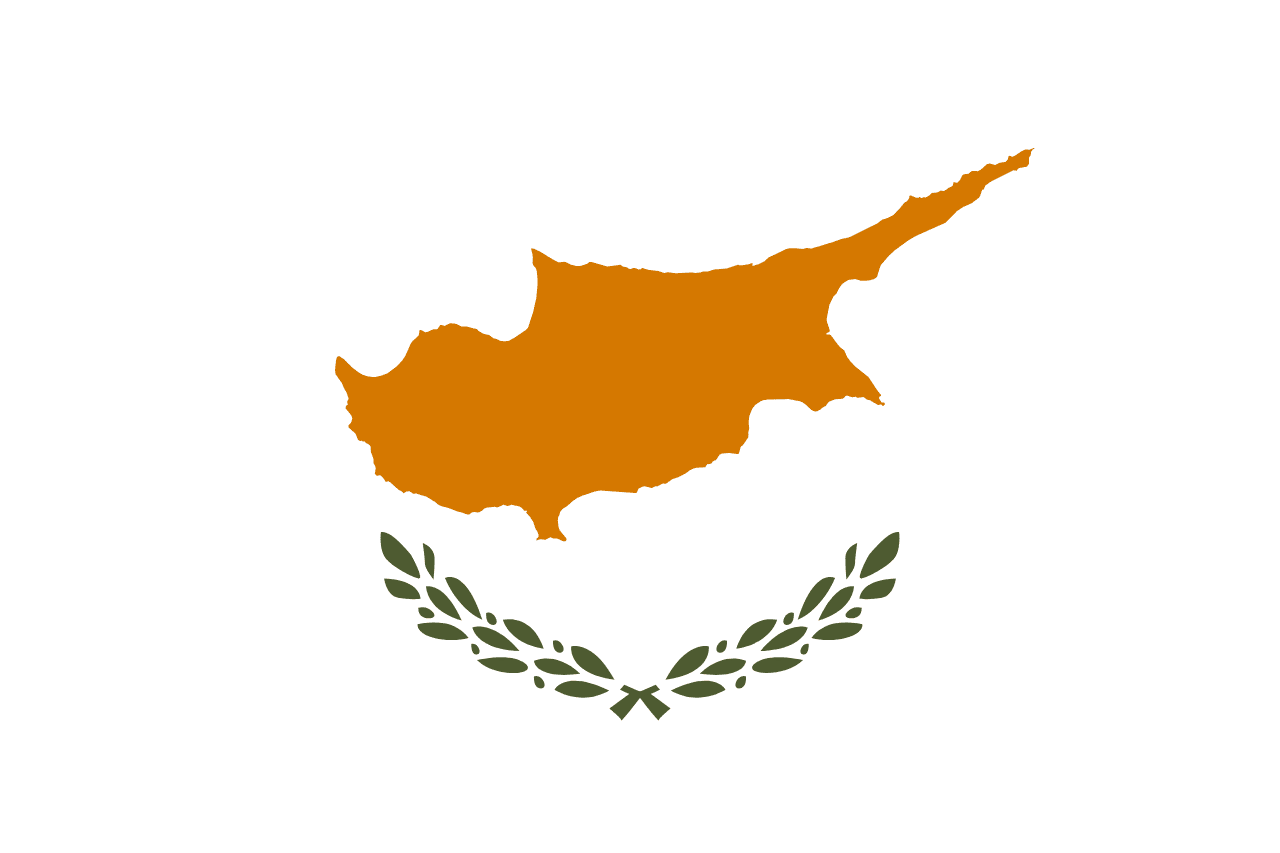The flag of Curaçao consists of a blue field with a horizontal yellow stripe slightly below the midline and two white five-pointed stars in the top left corner. This distinctive design encapsulates the island's natural beauty, cultural heritage, and aspirations for the future.
Curaçao information
| National Flag Day | — |
| Sovereign state | Autonomous country within the Kingdom of the Netherlands |
| Official name | Curaçao |
| Capital | Willemstad |
| Population | 158,665 |
| Area | 444 km² |
| Currency | Antillean guilder (ANG) |
| Language | Dutch, Papiamento, English |
| Continent | North America |
| Region | Caribbean |
| Subregion | Lesser Antilles |
| Borders | — |
| Timezone | Atlantic Standard Time (AST) UTC-4 |
| Calling code | +599 |
| Top-level domain | .cw |
History of the Curaçao Flag
 The flag was officially adopted on July 2, 1984, following a design competition held in preparation for Curaçao's new status as an autonomous country within the Kingdom of the Netherlands. The winning design was created by Martin den Dulk, a local artist who sought to capture the essence of Curaçao in a simple yet meaningful way.
The flag was officially adopted on July 2, 1984, following a design competition held in preparation for Curaçao's new status as an autonomous country within the Kingdom of the Netherlands. The winning design was created by Martin den Dulk, a local artist who sought to capture the essence of Curaçao in a simple yet meaningful way.
Symbolism and Design of the Curaçao Flag
Each element of the Curaçao flag carries deep symbolic meaning:
- The blue field represents the sea and sky surrounding the island, symbolizing Curaçao's maritime heritage and the Caribbean waters that have shaped its history and economy.
- The yellow stripe represents the bright sunshine that characterizes Curaçao's tropical climate, reflecting the warmth and energy of the island and its people.
- The two white stars symbolize Curaçao and Klein Curaçao, the main island and its uninhabited sister island. They also represent hope and a bright future for all inhabitants.
- The positioning of the stars in the upper canton is said to represent Curaçao and Klein Curaçao "sailing" together on the Caribbean Sea.
Evolution of the Curaçao Flag
The current flag of Curaçao replaced the flag of the Netherlands Antilles, which was used from 1959 to 2010. The adoption of a unique flag marked a significant moment in Curaçao's history:
- 1954-1984: Curaçao used the flag of the Netherlands Antilles as part of that political entity.
- 1984: The current flag was adopted, anticipating future political changes.
- 2010: With the dissolution of the Netherlands Antilles, the flag became the sole national symbol of the autonomous country of Curaçao within the Kingdom of the Netherlands.
Usage and Significance of the Curaçao Flag
 The flag of Curaçao is a source of national pride and identity. It is prominently displayed on government buildings, schools, and during official ceremonies. The flag is also widely used during cultural events, festivals, and national holidays such as Curaçao Day (October 10th). In sports events, particularly in international competitions, the flag serves as a rallying symbol for Curaçaoan athletes and supporters.
The flag of Curaçao is a source of national pride and identity. It is prominently displayed on government buildings, schools, and during official ceremonies. The flag is also widely used during cultural events, festivals, and national holidays such as Curaçao Day (October 10th). In sports events, particularly in international competitions, the flag serves as a rallying symbol for Curaçaoan athletes and supporters.
Interesting Facts About the Curaçao Flag
- The flag's design was chosen from over 1,000 entries in a public competition, highlighting the democratic process behind its creation.
- The shade of blue used in the flag is often referred to as "Curaçao blue," which has become associated with the island's identity and tourism brand.
- The flag's simplicity and distinctive design make it easily recognizable among Caribbean flags, helping to promote Curaçao's unique identity in the region.
- In local culture, the two stars are sometimes said to represent the eyes of the island watching over its people and visitors, embodying the welcoming spirit of Curaçao.
- The flag is often incorporated into local art, crafts, and souvenirs, serving as a popular symbol of Curaçaoan culture and identity for both residents and tourists.





